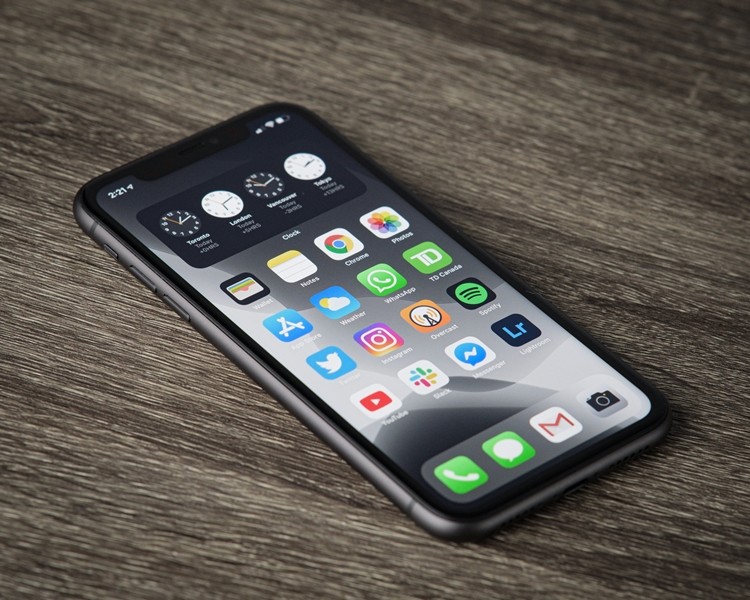Do you really need to upgrade RAM on your PC? RAM is one of the most vital components in a modern PC, and that’s right, adding more RAM to your PC can have a drastic impact on the overall system performance. However, that’s not the case always, if you think you want to speed up your PC and are planning to upgrade RAM to increase the performance, do consider these 5 things before you make up your mind.
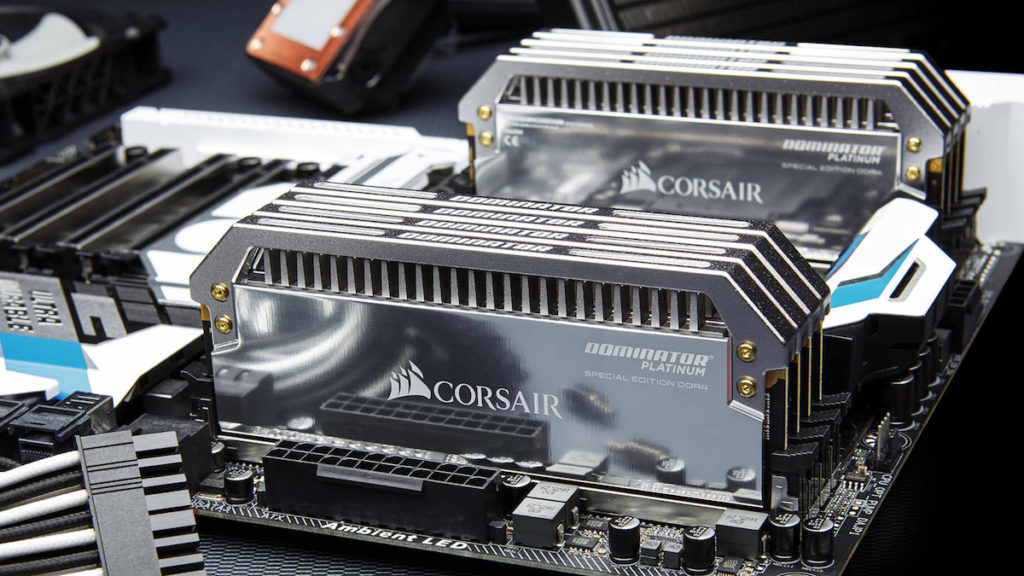
Your system doesn’t always use all of its RAM on a regular basis, sometimes your system has enough RAM to run it just fine, it could be something else that’s slowing down the performance, and changing it may not have any huge impact after all.
There are times when it’s necessary to upgrade RAM, though it all depends on your PC i.e. how old it is, how fast is the RAM on your PC is, what type of RAM it has, your CPU, GPU, and HDD usage on it, as well as how many software and apps installed which also includes the infected files that are slowing down your system. Here’s what you need to check before upgrading RAM on your PC.
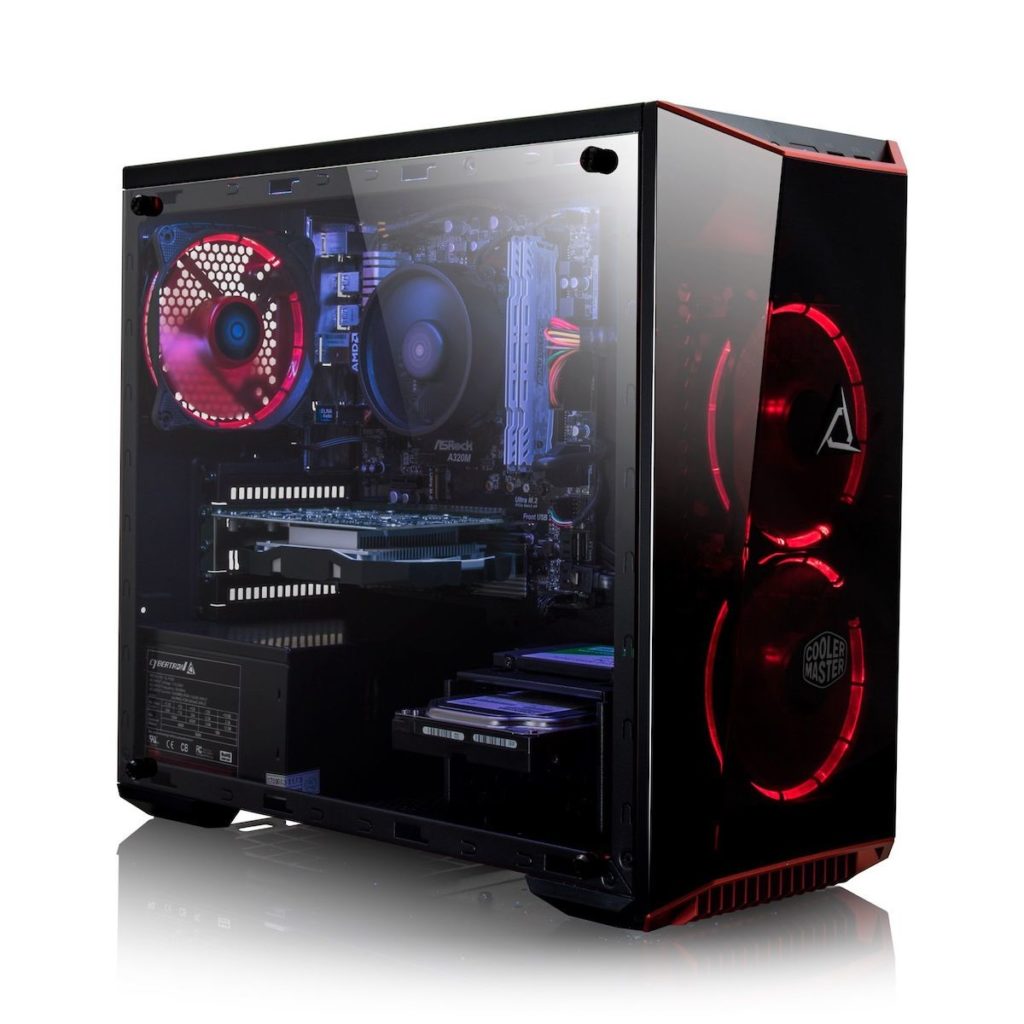
1) Check RAM Usage
Most people won’t know how much RAM is been used by the PC, and it’s just fine until they decide to upgrade the RAM. You should check how much RAM your system is using before you go and buy a pair of new RAM for your PC. If your system has a shortage of RAM, it’s likely to be the main issue and upgrading is essential.
To check how much your PC uses the RAM, launch the Task Manager by CTRL + ALT + DELETE or right click on the taskbar and click Task Manager. Click on the More details to open the advanced view and under the Performance tab, click Memory. Here, you will be able to see your used RAM and available RAM. If you see the available RAM is more than enough (50% or above), then there’s no need to upgrade the RAM.
For instance, if your system has 8 GB RAM and the available RAM is 4 GB, then you should probably stick to the current RAM configuration as there seems no shortage of RAM on your system. Take a look at the screenshot below which shows the system is running fine without any issues.
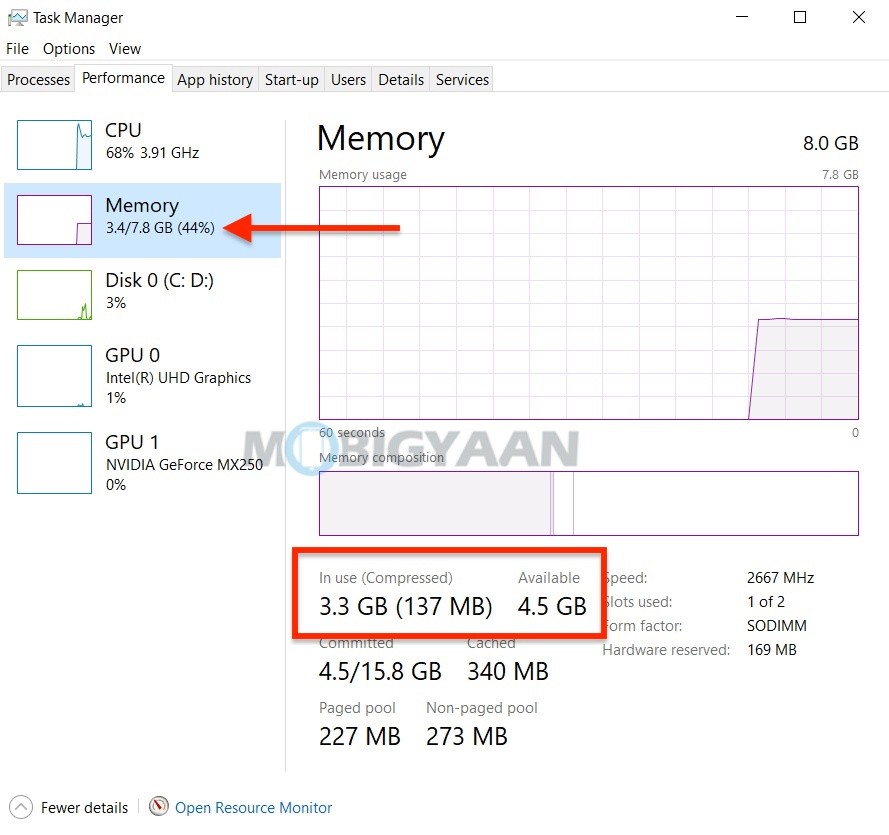
2) Check RAM Speed & Type
Upgrading the RAM can be as easy and as challenging if you don’t know about the types. If you somehow found the RAM for your PC, do check on the type that your motherboard supports. If your PC is aged, it might be using the older DDR3 RAM, and buying the DDR4 won’t help. You will end up changing the whole motherboard just because you want to grab that latest RAM stick on a sweet deal.
If you managed to get the supported RAM for your PC, the second thing you want to check is the speed. RAM with a speed of 2400 MHz, 3,000 MHz, or higher could be considered faster and results in noticeable improvements.
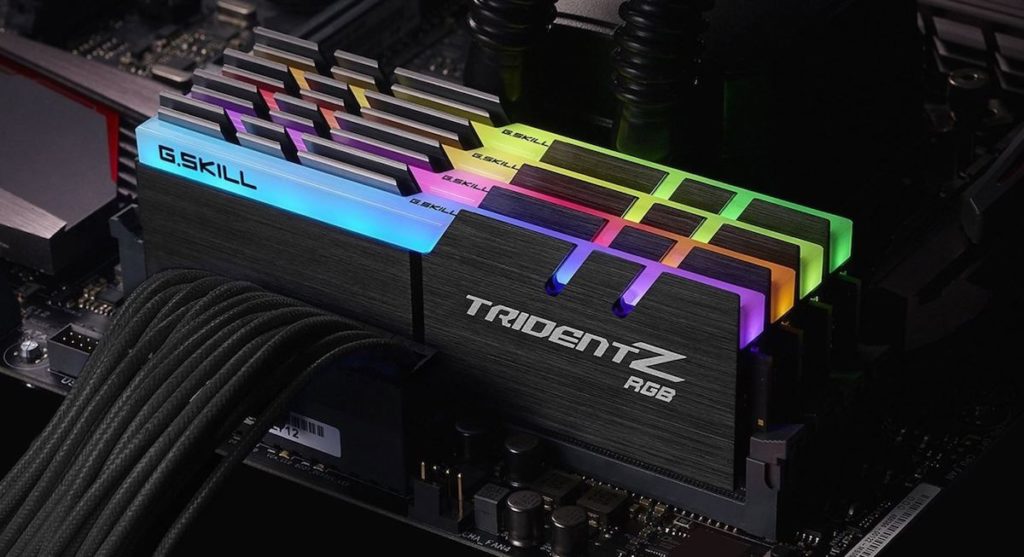
3) Overclock RAM For Faster Speeds (Intel XMP)
Have you built a custom PC? If you have a customized PC that’s using an XMP based RAM then you can get better performance out of it. With the help of XMP profiles, it effectively changes the RAM settings to run at the higher potential speeds on your system if you choose a high-performance profile.
XMP which stands for eXtreme Memory Profile is an Intel technology that enables you to adjust multiple memory settings by simply selecting a different profile taking advantage of higher than standard memory speeds. This sounds good for those who don’t want to mess things up overclocking RAM manually by changing its frequency, voltage, and timings.
To maximize the capabilities of your RAM, use the XMP on your PC to speed up the RAM. Head to your PC’s BIOS settings and activate the XMP profile. If you are using an AMD-based PC, you might see DOCP (Direct Over Clock Profile), an XMP’s counterpart. This will let the RAM run at its potential speed for which it’s actually rated for rather than the default which is slower.
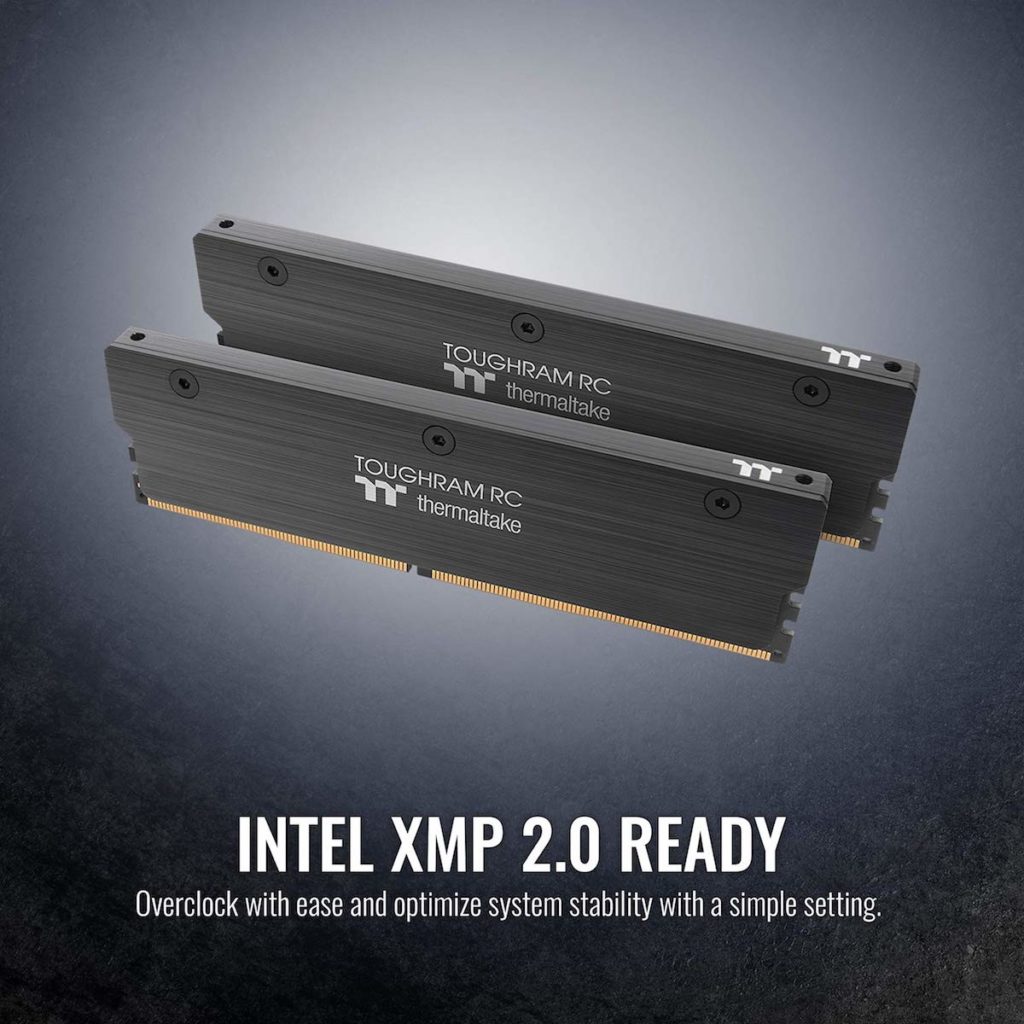
Note: Your computer needs to boot into the BIOS mode or UEFI settings which can be accessed before starting Windows. Whenever you restart your computer, a screen with a logo at the start appears and quickly disappears. Look for the shortcut, Press F2 or F10 for BIOS settings or Press F1 for settings, or F12, the shortcut isn’t the same across the manufacturers, you may press the shortcut shown on the screen.
4) Check CPU Usage For Bottlenecks
One more thing you need to check if you are upgrading the RAM. If you think your PC is running slow, you should check on the CPU usage in the Task Manager. When you figure out that your CPU is under heavy use frequently, but not the RAM, this means your system is using a low-end processor, the CPU would be weak or maybe the culprit, not the RAM. Getting a new RAM with higher speeds shouldn’t be bottlenecking the system, also take a look at the CPU if it needs an upgrade.
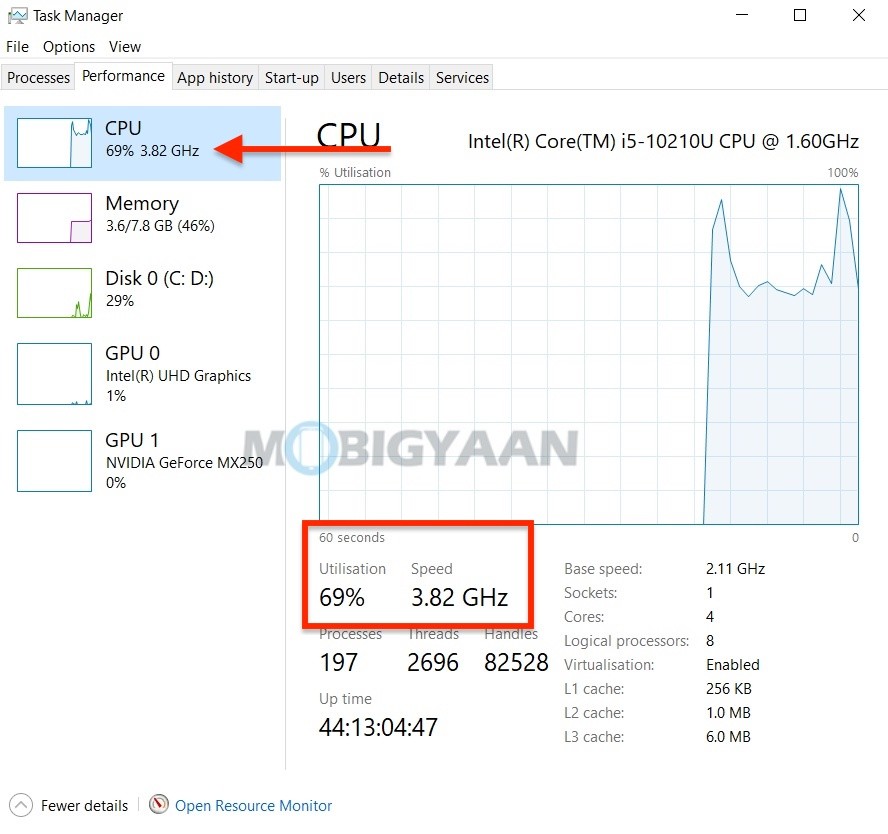
5) Go For SSD Instead
Finally, if you have checked on the first step and your RAM is more than 50% free and still you have performance issues, it’s time for you to go for the SSD. There’s no better upgrade than moving to an SSD from HDD on a PC. Choosing RAM in large size and better in performance won’t be that helpful if you still use an HDD, NVMe SSDs are one of the fastest drives available and pairs up completely with the RAM for huge performance improvement.
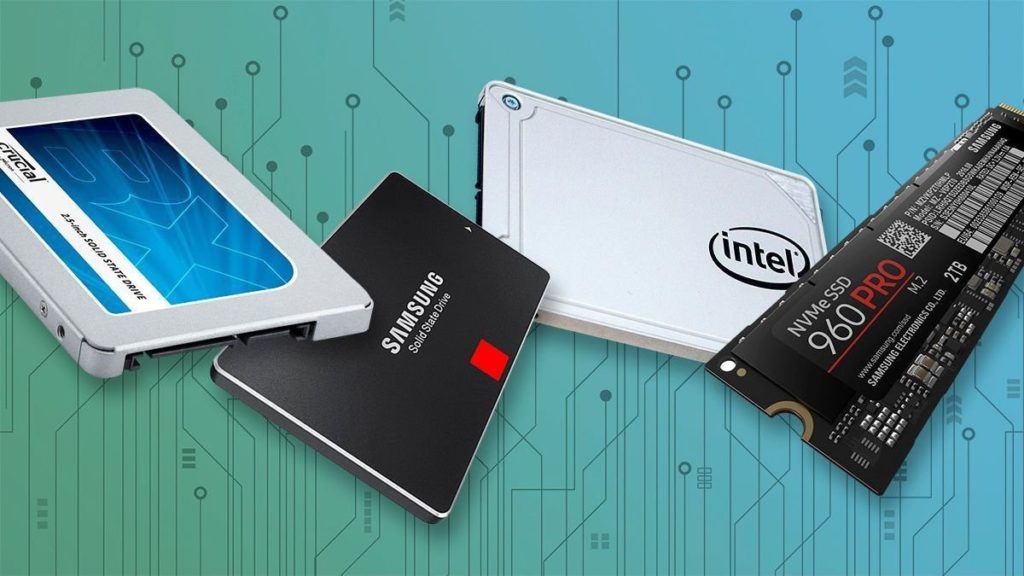
These are the things that you should check before upgrading RAM on your Windows PC. Want more stuff like this? Take a look at them here. For more updates on the latest tech news, smartphones, and gadgets, follow us on our social media profiles.

